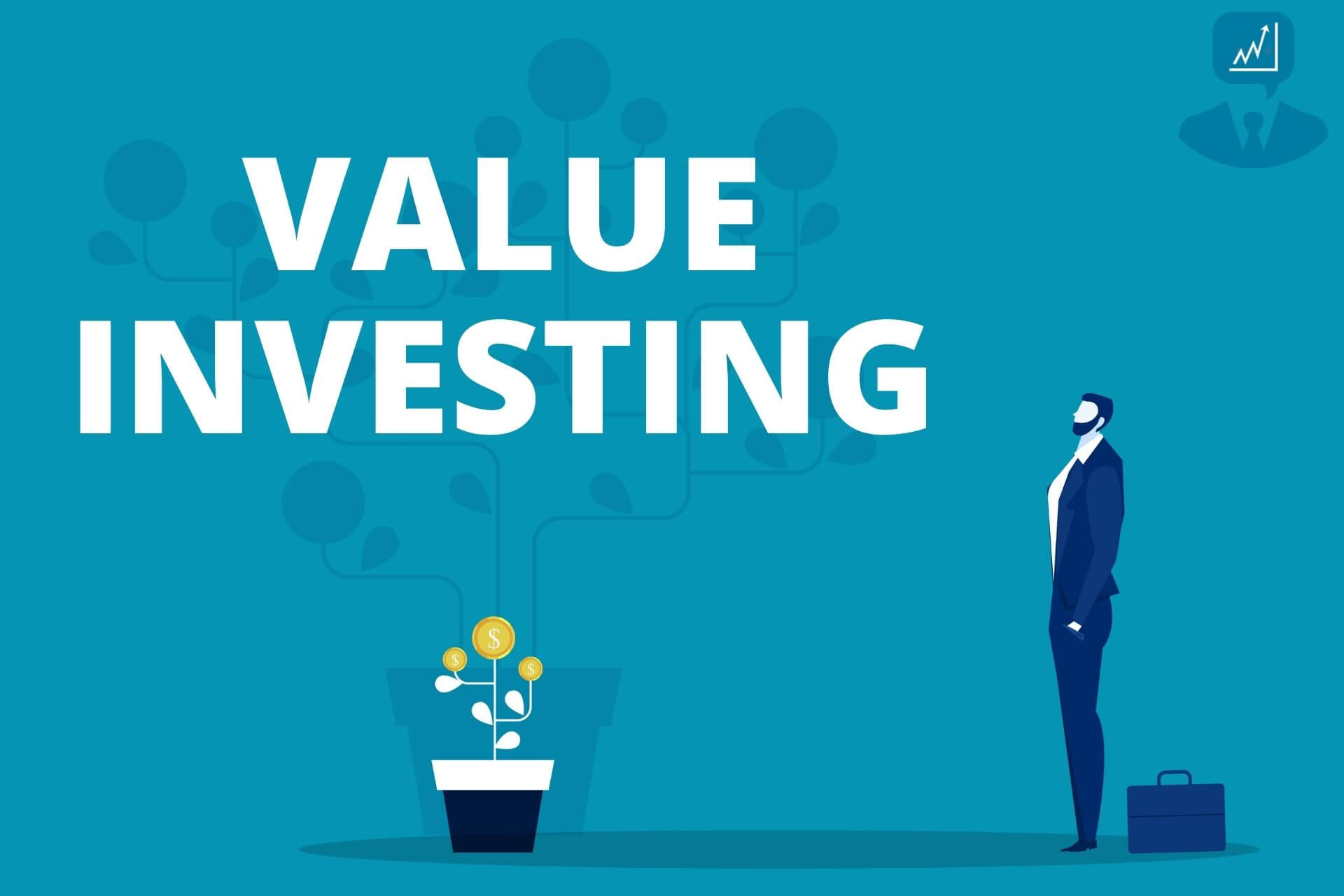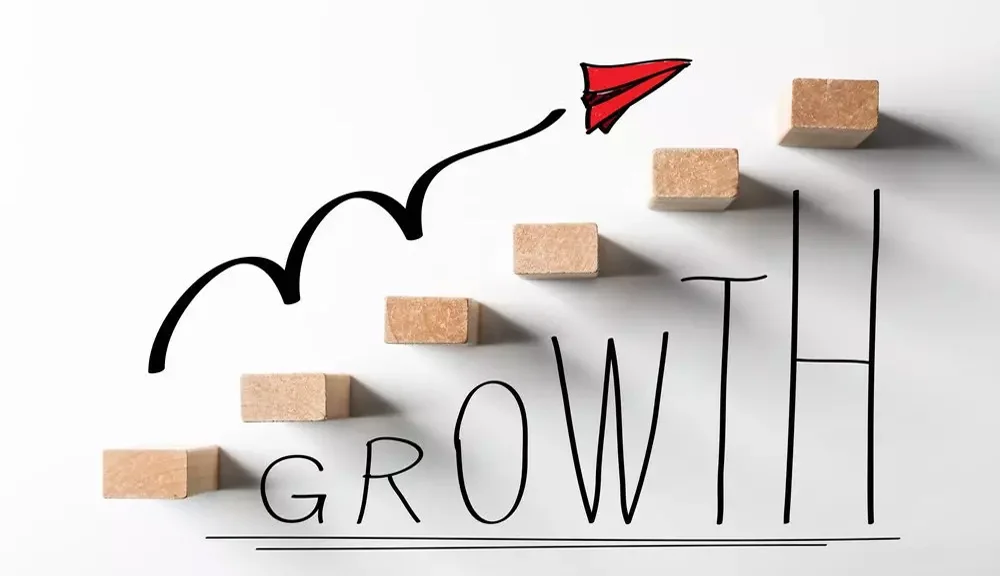When it comes to building a successful investment portfolio, understanding the fundamental differences between value investing and growth investing is crucial for making informed decisions. These two distinct investment philosophies have shaped the strategies of countless investors, from legendary figures like Warren Buffett to modern portfolio managers seeking optimal returns.
Value investing focuses on identifying undervalued companies trading below their intrinsic worth, while growth investing targets companies with exceptional potential for future expansion and earnings growth. Each approach carries unique characteristics, risk profiles, and performance patterns that can significantly impact your investment outcomes. The choice between these strategies often depends on your risk tolerance, investment timeline, and market conditions. Understanding these differences empowers investors to align their investment approach with their financial goals and create a balanced portfolio that weathers various market cycles while maximizing long-term returns.
What is Value Investing?

Value investing involves seeking stocks that trade below their intrinsic value, focusing on companies with strong fundamentals that the market has temporarily undervalued. This strategy emphasizes finding established businesses with solid financial health, consistent earnings, and sustainable competitive advantages that are priced at a discount to their true worth.
Key characteristics of value investing include low price-to-earnings ratios, high dividend yields, and lower market volatility compared to growth stocks. These companies often operate in mature industries like finance and energy, where business models are well-established and cash flows are predictable. Value investors employ a margin of safety principle, purchasing stocks significantly below their calculated intrinsic value to protect against downside risks.
The strategy offers substantial risk minimization through long-term investment horizons and a focus on fundamentally sound companies. Value investors benefit from steady dividend income and capital appreciation as the market eventually recognizes the stock’s true value, making this approach particularly attractive during economic downturns when defensive characteristics become valuable.
Understanding Growth Investing
Growth investing focuses on companies expected to grow at above-average rates compared to their industry or the broader market. These businesses prioritize reinvesting earnings into expansion, innovation, and market capture rather than paying dividends to shareholders.
Growth companies typically display high price-to-earnings ratios because investors pay premiums for future earnings potential. These stocks often operate in innovative sectors like technology and healthcare, where rapid changes and breakthrough developments can lead to substantial financial rewards. Growth investors prioritize future potential over current profitability, seeking companies that might reshape entire industries through disruptive technologies or business models.

The strategy emphasizes capital appreciation as the primary return mechanism, with companies reinvesting profits to fuel continued expansion. Growth stocks benefit from compounding returns over time, as reinvested earnings generate additional capital for future growth, potentially leading to exponential gains for patient investors.
Risk and Return Profiles
The risk-return characteristics of these strategies differ significantly, influencing their suitability for different investor profiles and market conditions.
Growth investing typically involves higher risk due to elevated market expectations and volatility. These stocks can experience dramatic price swings based on earnings reports, market sentiment, or changes in growth prospects. However, successful growth investments can deliver substantial returns through significant stock price appreciation over time.
Value investing generally offers moderate risk with steady returns, as undervalued stocks provide built-in downside protection. The margin of safety inherent in value stocks helps limit potential losses while offering reasonable upside potential as market inefficiencies correct themselves. Value stocks often provide dividend income, adding a defensive element to the investment strategy.
Performance in Different Market Conditions
Market conditions significantly influence the relative performance of growth and value strategies. Growth stocks tend to outperform during economic expansions when investors willingly pay premiums for earnings growth potential. Technology booms and periods of innovation typically favor growth investments as market optimism drives valuations higher.
Value stocks often excel during market downturns and economic uncertainty, as their undervaluation provides downside protection. During market corrections, investors gravitate toward fundamentally sound companies trading at discounts, driving value stock performance. The cyclical nature of these strategies suggests that diversification across both approaches can help optimize long-term portfolio performance.
Choosing Your Investment Strategy
Selecting between value and growth investing depends on your risk tolerance, investment timeline, and market outlook. Conservative investors seeking steady income and capital preservation may prefer value investing’s defensive characteristics and dividend yields. Aggressive investors comfortable with volatility and focused on long-term wealth building might favor growth investing’s capital appreciation potential.
Many successful investors employ a blended approach, combining both strategies to capture opportunities across market cycles while managing portfolio risk. This balanced strategy allows investors to benefit from value stocks’ stability during uncertain periods while participating in growth stocks’ upside potential during favorable market conditions.
